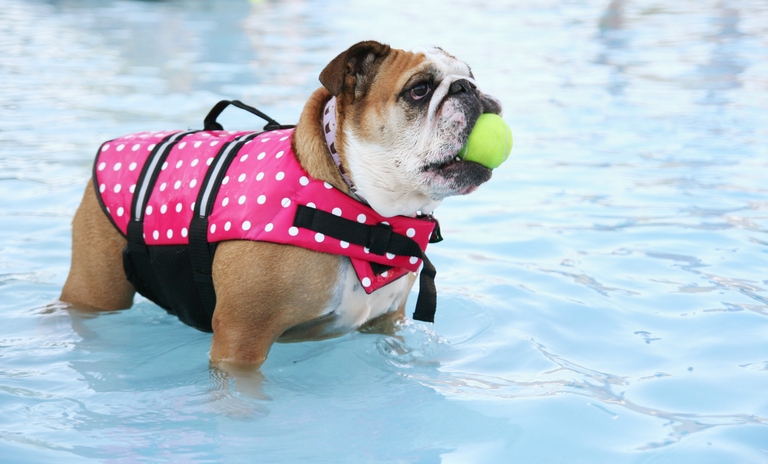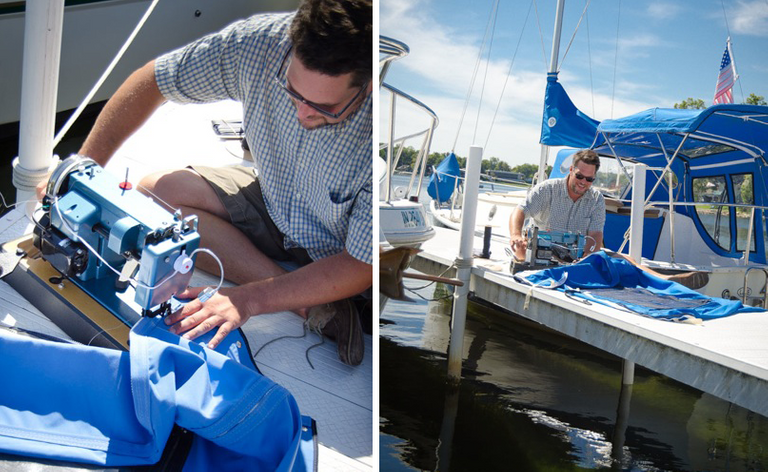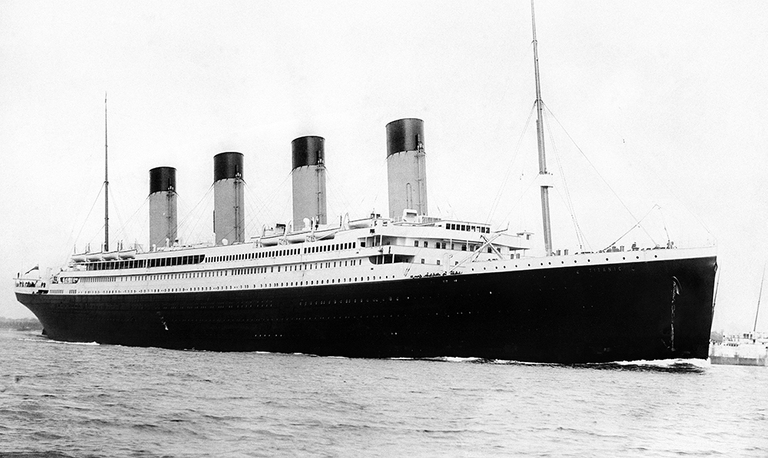Boat-Ed Partners With the LV Project for Lifejacket Awareness
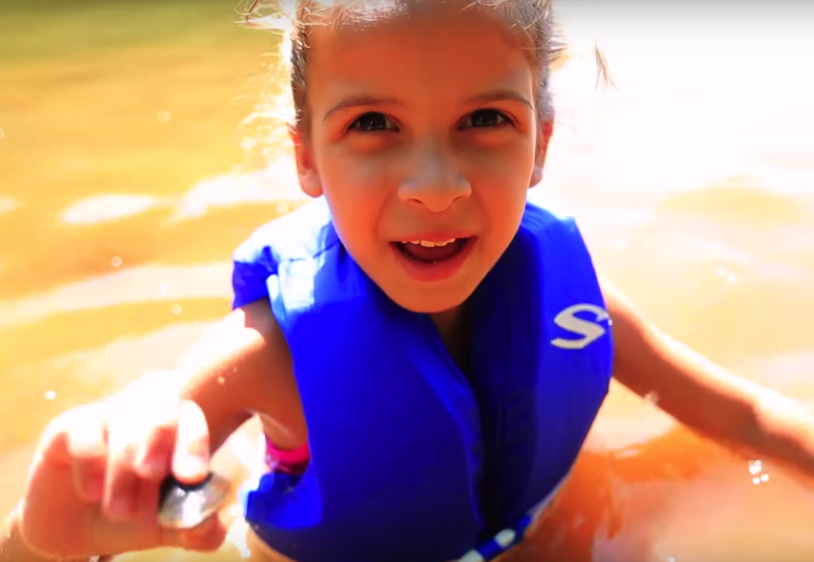
Most people now know the importance of wearing a properly fitted, USCG-approved life jacket while boating. However, year after year, hundreds of people tragically lose their lives on the water while not wearing a lifejacket.
Why is that? Well, there's definitely a stigma associated with wearing lifejackets, especially among teens and adults who feel like they're for children or people who can't swim.
In fact, it's pretty commonplace to see boaters out on the water, even jet skiing, without their lifejackets. So, today, let's talk about the numbers that support why you should wear a life jacket on the water. We'll also share a tragic story that we hope never happens to anyone.
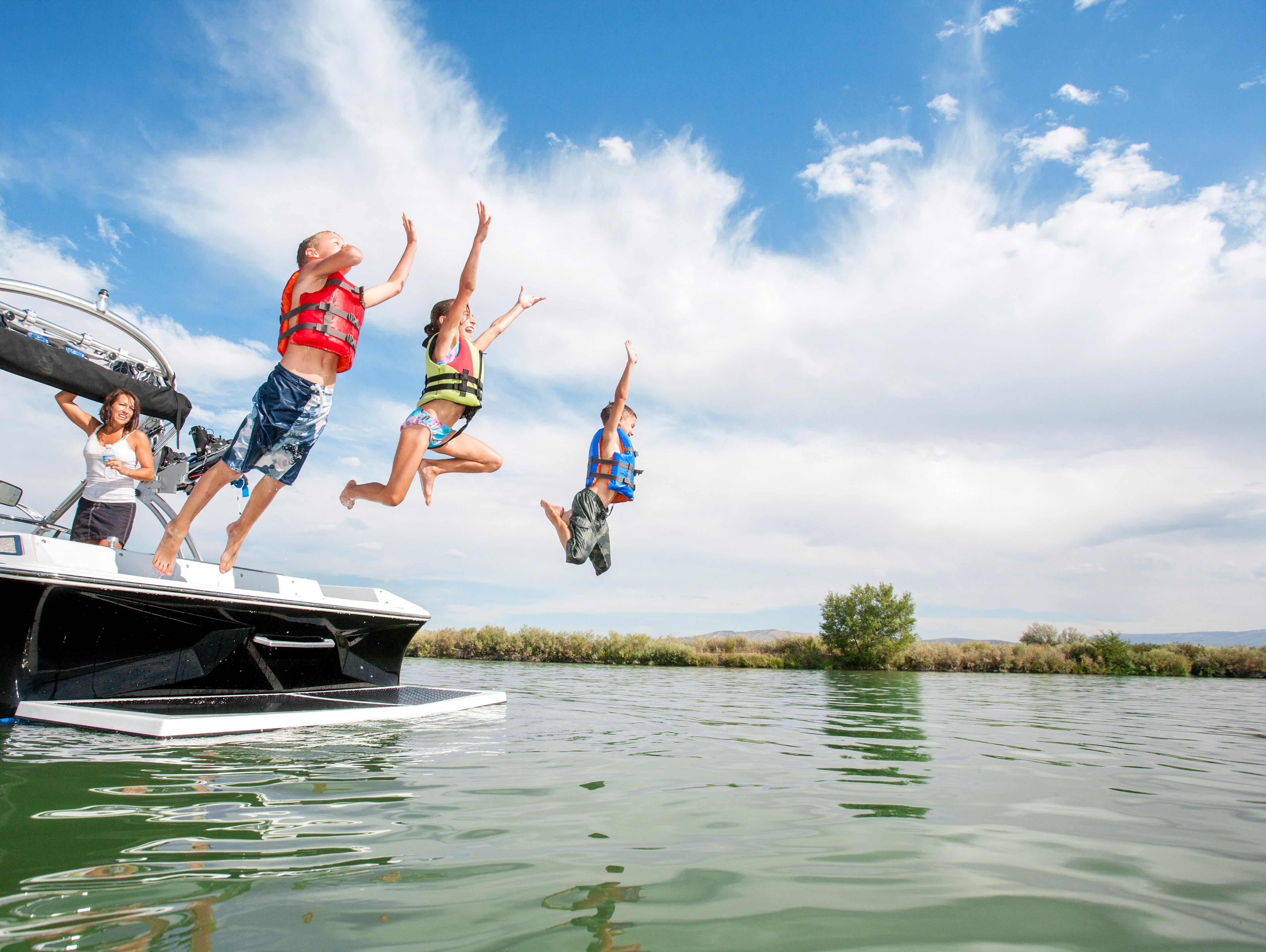
The Numbers Don't Lie
We support wearing life jackets because the numbers support it, and every number represents a life.
According to the U.S. Coast Guard (USCG), 85% of boaters who drowned in 2022 weren't wearing a lifejacket. This statistic is devasting because it represents lives lost on the water and could easily be reduced if all boaters wore life jackets.

The Gages in 2011. Image via The LV Project.
A Life Cut Short
Dana Gage has experienced the reality of these statistics. Her 15-year-old son's life was tragically cut short while visiting a friend's lake house.
Connor did a flip from the boat dock, landed badly, and didn't resurface. After 40 minutes underwater, a dive team was called for recovery.
Despite being a lifelong lake kid and an excellent swimmer, Connor drowned. Had Connor been required to wear a life jacket, he'd be alive today.
To honor Connor's life, the Gage family founded The LV Project to encourage others to "be buoyant" and be responsible by using life vests on open water. The organization spreads the message of drowning prevention and encourages the use of life jackets when enjoying water activities.
Connor's death was 100% preventable, and that's the message his family wants everyone to know. Wearing a life jacket while on or in the water can save your life.
How Do Life Jackets Work?
How could a life jacket have saved Connor? If he had been wearing a PFD (personal flotation device) that fit correctly, it would have helped turn him upright in the water and keep him at the surface, allowing him to be rescued quickly so he could receive medical attention right away.
Without a life jacket, Connor was not able to surface.
Life jackets provide buoyancy if you cannot keep yourself afloat because of injury or fatigue. The materials and design of a life jacket make it float, and most people only need about 7-12 pounds of buoyancy to keep their heads above the surface of the water.
So, the numbers add up here, too. One life jacket worn by each person on the water equals more lives saved.
In 2014, Boat-Ed partnered with The LV Project to produce a short PSA to encourage boaters to wear their life jackets to show our commitment to this message. Check it out below.
Learn More About Water Safety With Boater Education
Nothing is more important to Boat-Ed than your safety when enjoying water activities. From now on, let's all declare, "I float!" and "We float!" while out on the water and encourage boaters to be smart, safe, and buoyant.
In addition to wearing a lifejacket, boaters must understand other crucial safety insights when operating a boat. If you're planning to drive a boat this season, make sure you're safety certified – especially if it's required in the state where you boat.
Our online courses make it easy to learn everything you need to stay safe on the water. So, find the course for your state and start learning with our free online study guide!
Originally published August 4, 2015. Content updated October 19, 2023.

